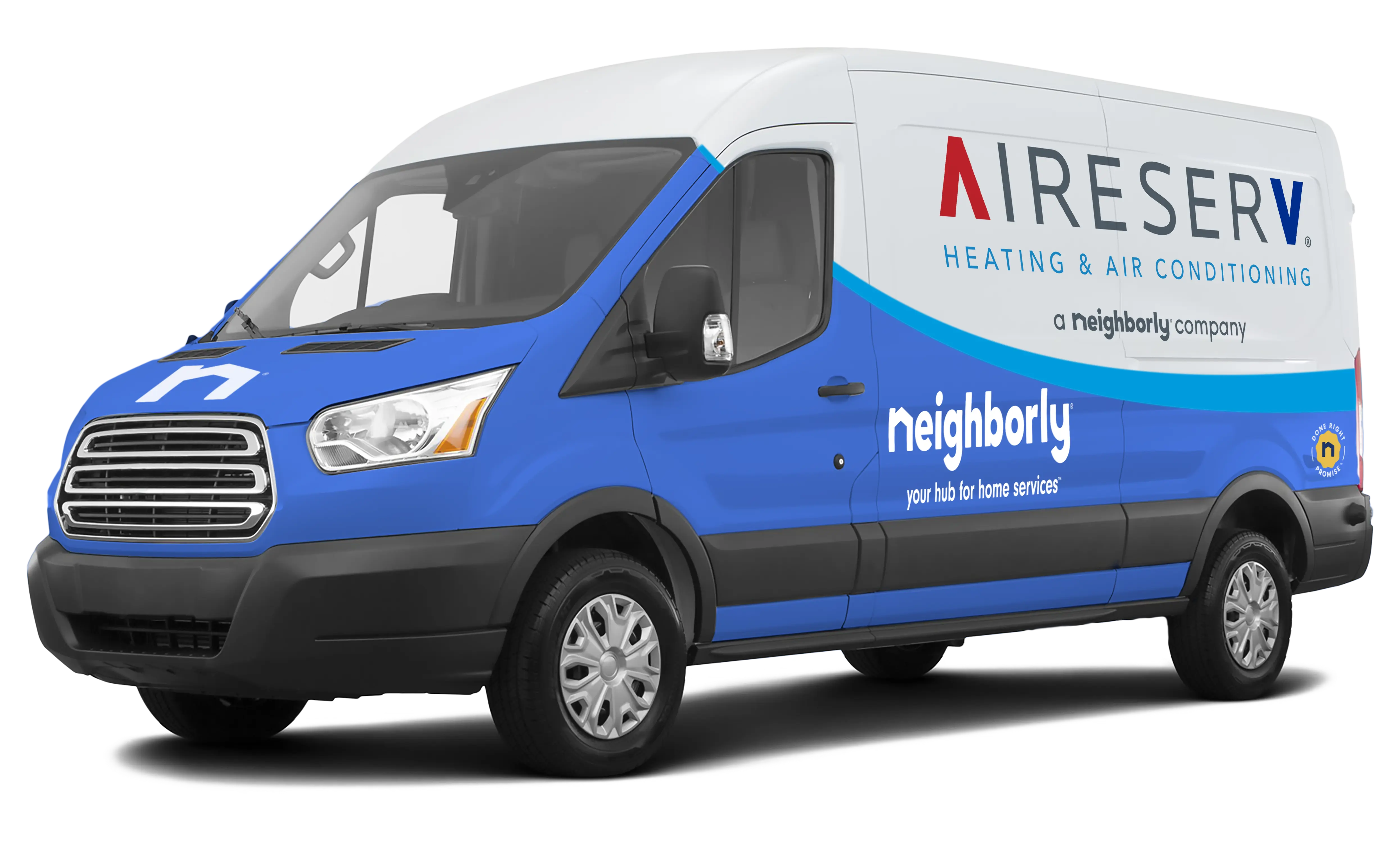As winter temperatures drop across Northeast Ohio, heating your home efficiently becomes a priority. Rising energy bills and the need for consistent comfort make it essential to adopt strategies that optimize HVAC performance while saving energy.
This guide provides practical, actionable tips to help homeowners maintain a warm, comfortable home without overspending on heating costs.
1. Schedule a Professional HVAC Tune-Up
Before the coldest months hit, professional maintenance ensures your system is running efficiently:
- Inspect and clean furnace burners, coils, and heat exchangers to maximize performance.
- Check thermostats, sensors, and electrical connections for proper operation.
- Identify small issues early, preventing costly repairs during peak winter usage.
A well-maintained system uses less energy while providing reliable warmth.
2. Seal Air Leaks and Insulate
Preventing heat loss is one of the most effective ways to save energy:
- Inspect windows, doors, and attics for drafts and gaps.
- Use weatherstripping, caulk, or insulation to seal leaks.
- Ensure ductwork is sealed and insulated to avoid energy waste.
A tightly sealed home reduces the workload on your HVAC system, lowering energy bills.
3. Optimize Thermostat Settings
Small adjustments can yield significant savings:
- Set thermostats to 68°F during the day and lower when you’re asleep or away.
- Consider a programmable or smart thermostat to automate schedules efficiently.
- Avoid frequent temperature swings, which increase system wear and energy use.
Efficient thermostat management balances comfort with cost savings.
4. Use Ceiling Fans and Airflow Wisely
Proper airflow helps distribute heat evenly:
- Run ceiling fans in reverse (clockwise) at low speed to push warm air downward.
- Keep vents and registers unobstructed to maintain consistent airflow.
- Close unused rooms or vents strategically to direct heat where it’s needed most.
These simple steps reduce strain on your HVAC system while enhancing comfort.
5. Upgrade Insulation and Window Coverings
Winterproofing your home pays off in reduced energy consumption:
- Consider adding insulation in attics, crawl spaces, and basements.
- Use heavy curtains or thermal blinds on windows to retain warmth.
- Close blinds at night and open them during sunny hours to maximize natural heat.
Proper insulation and window management improve efficiency and comfort simultaneously.
6. Maintain Humidity Levels
Indoor humidity impacts both comfort and heating efficiency:
- Use a humidifier to maintain indoor humidity between 40–50%.
- Moist air feels warmer, allowing you to lower thermostat settings slightly without losing comfort.
- Avoid excessive moisture, which can lead to condensation and mold issues.
Balanced humidity improves comfort while supporting energy savings.
7. Plan for Efficient Long-Term Heating
Consider long-term strategies to reduce energy use:
- Schedule annual HVAC inspections and maintenance for continued efficiency.
- Upgrade older systems to energy-efficient models if your furnace or heat pump is aging.
- Explore energy-saving programs or rebates available in Northeast Ohio.
Planning ahead ensures consistent comfort, lower costs, and extended system lifespan.
Final Thoughts
Heating your Northeast Ohio home this winter doesn’t have to break the bank. By scheduling tune-ups, sealing leaks, optimizing thermostat settings, managing airflow, upgrading insulation, maintaining humidity, and planning for long-term efficiency, homeowners can enjoy a warm, comfortable home while saving on energy costs.
Implementing these strategies ensures your HVAC system runs smoothly, reduces energy waste, and keeps your family cozy all season long.

